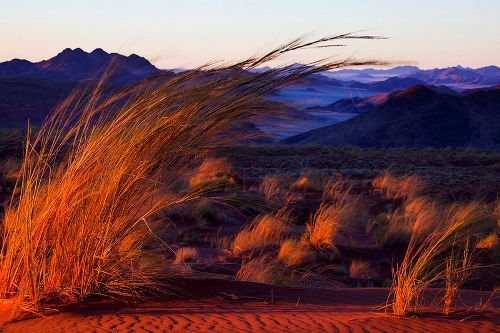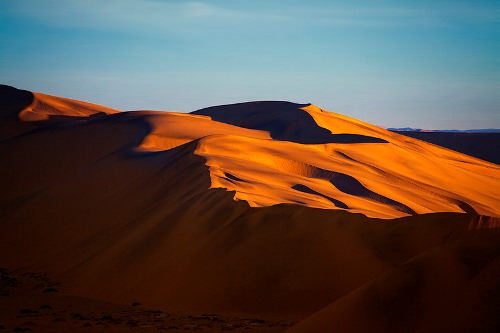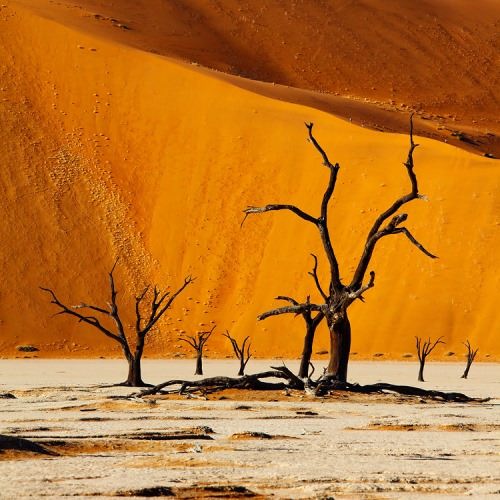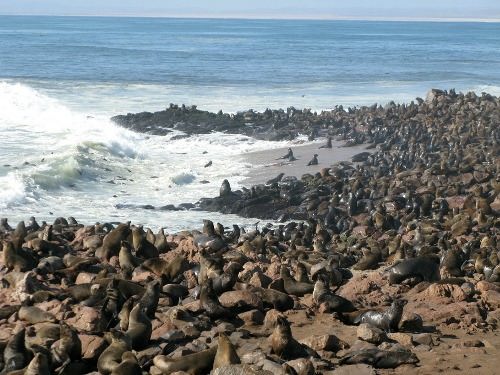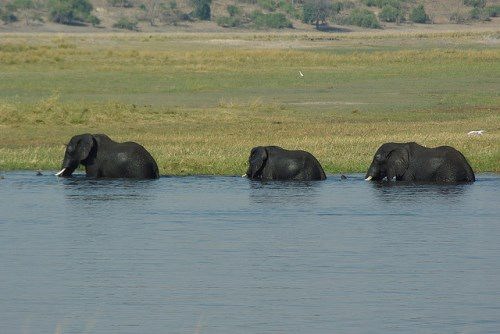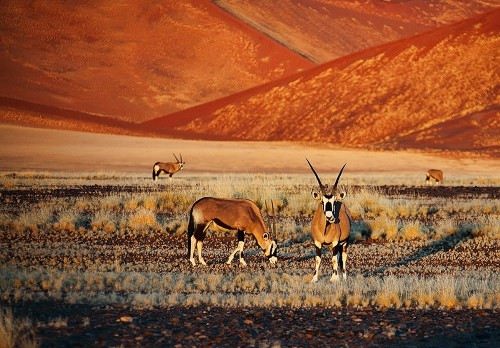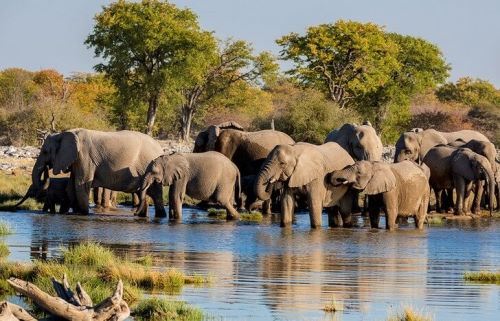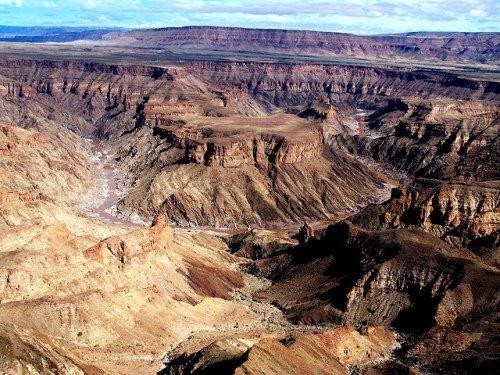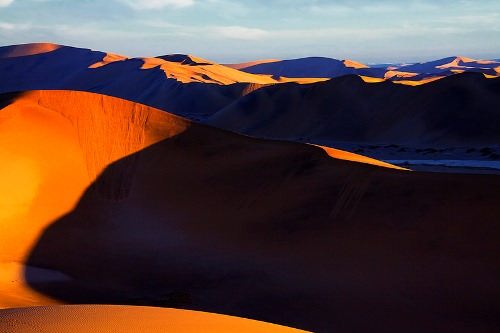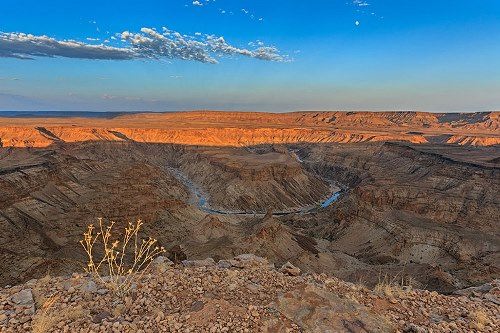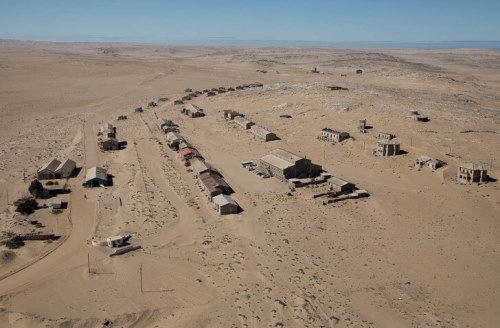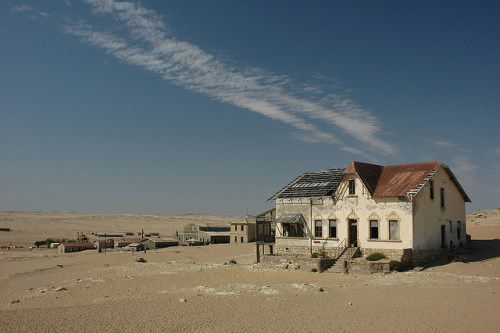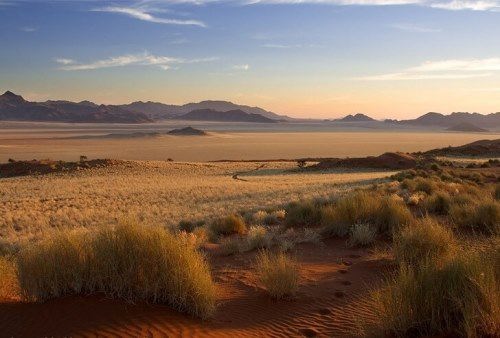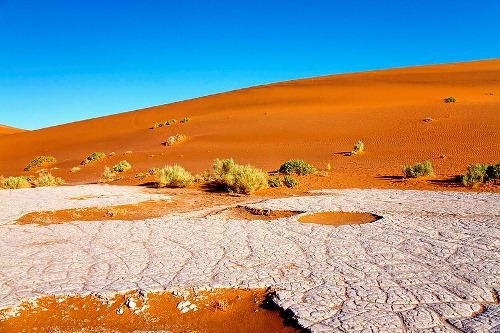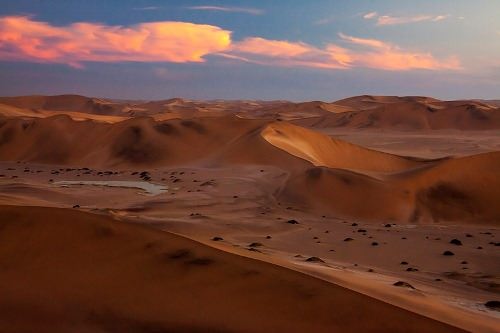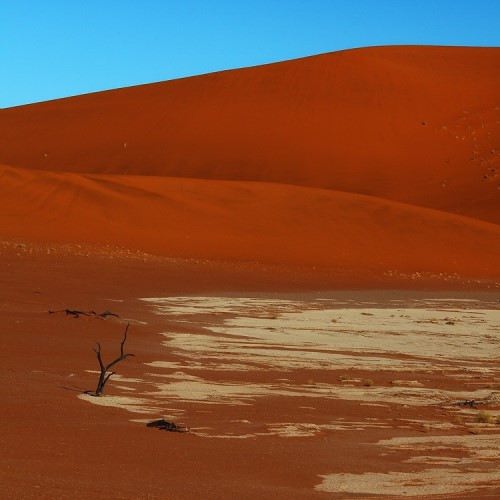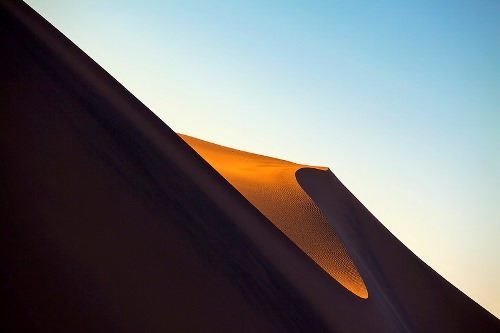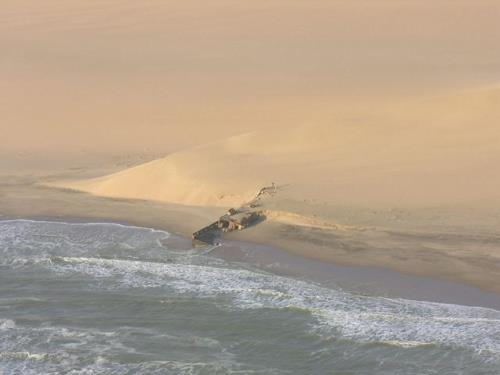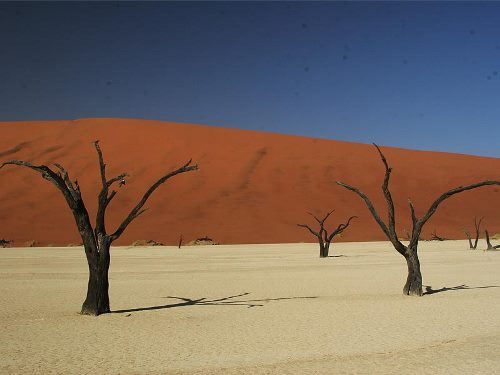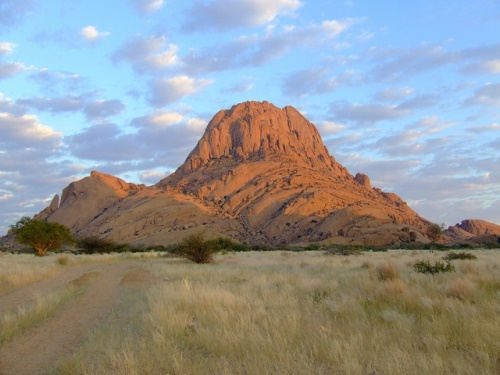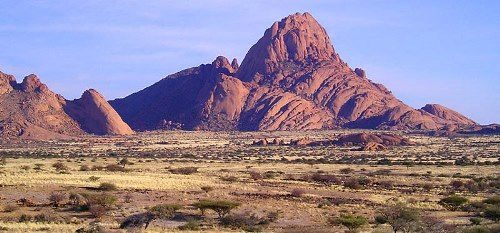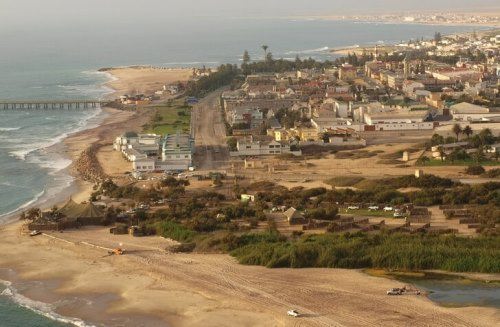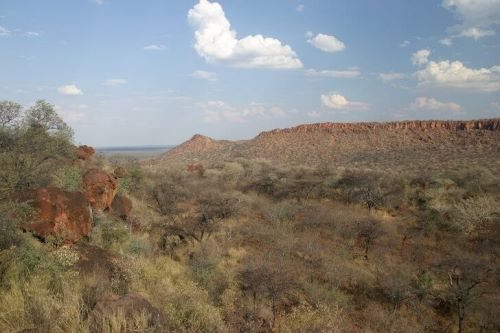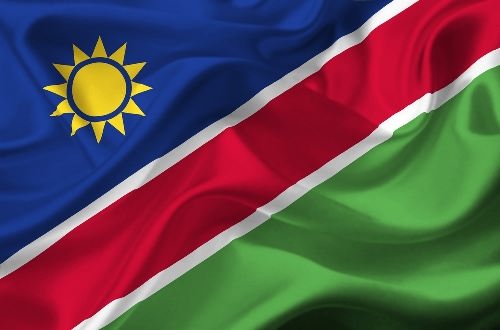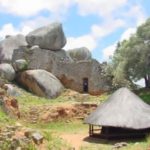Namibia – Beautiful, Arid Place
Namibia is a country in southwestern Africa. It is named for the Namib Desert, which covers much of the west side of the country. The desert is huge and empty and is at least 80 million years old. It is one of the most arid places on Earth.
South Africa controlled Namibia until March 1990, when Namibia gained its independence. Windhoek is the capital of the country. English is the official language of Namibia. But most of the people usually speak African languages. The majority of the population is Christian.
Namibia shares borders with Angola, Zambia, Botswana, and South Africa. Its area is 825,418 square kilometers. Its official name is Republic of Namibia.
Namibia’s climate is generally dry and hot. Sometimes the country doesn’t have any rain for long periods of time. Most of Namibia’s rivers flow only after strong rains.
Namibia has plenty of wildlife. Etosha National Park is one of the largest parks for wild animals in the world.
Namibia’s economy depends on mining. The country is a leading producer of diamonds and uranium. Its other important minerals include zinc, copper, silver, and gold.
The earliest people in what is now Namibia were the San, or Bushmen. Over the centuries other African peoples settled in the area. In the late 1400s Portuguese explorers visited the Namibian coast. The Dutch and the English later explored the area. By the 1880s Germans ruled the area. In the early 1900s the local Herero people began a war against the Germans. By 1915 South Africa had taken over South West Africa. In 1990 Namibia finally won independence.
Windhoek is the capital city of Namibia. It is surrounded by a ring of hills. These hills protect it from the most violent of the dry winds. The city’s name comes from a German word that means “windy corner.” The Alte Feste (Old Fort), built by the Germans, is one of the oldest buildings in the city. It is now a history museum. Christuskirche is an attractive church that was also built during German colonial times. St. George’s Cathedral is the smallest functional cathedral in southern Africa.
Konigstein is the highest point (2,606 m).
Zambezi is the longest river (2,650 km).
